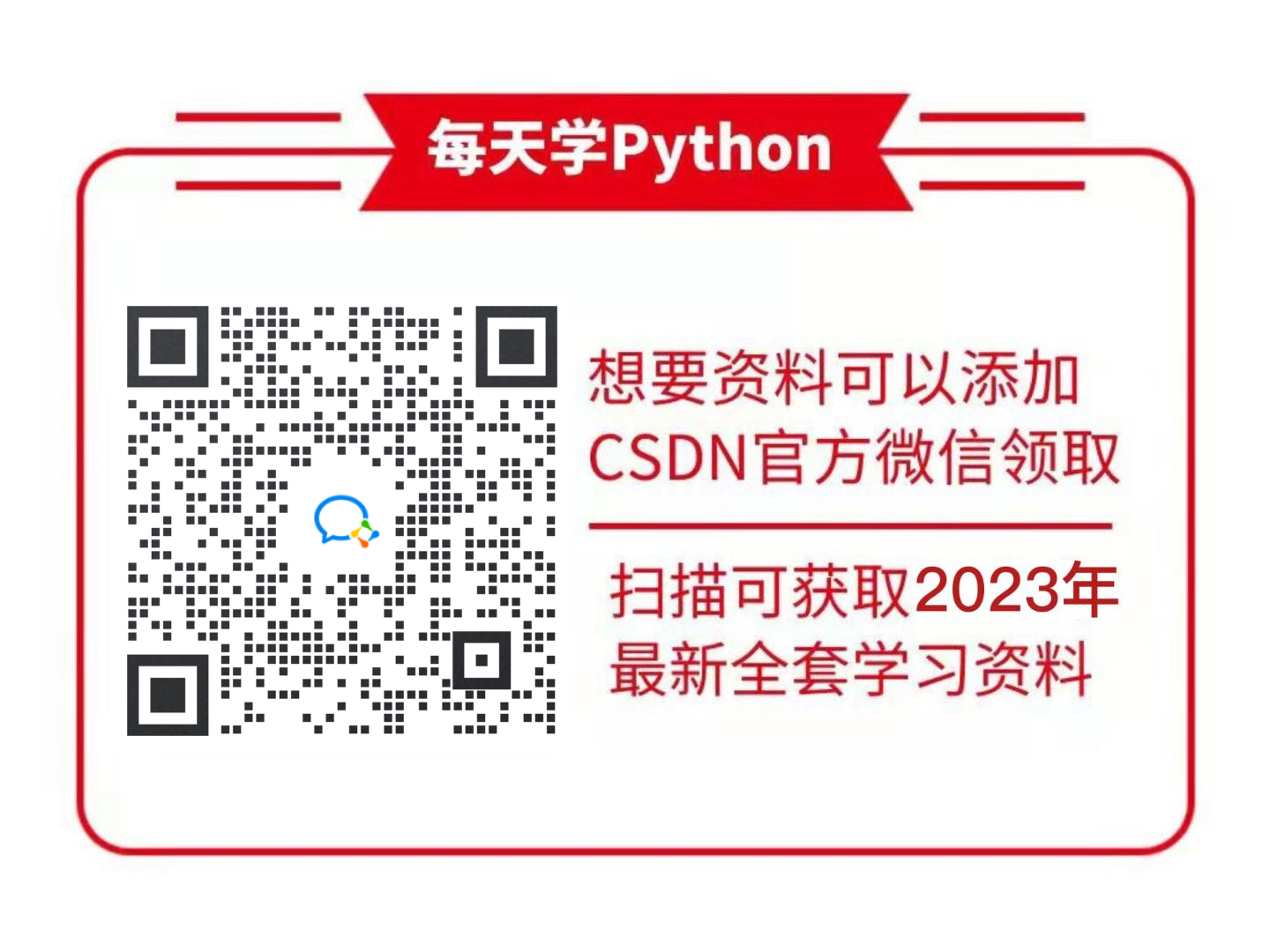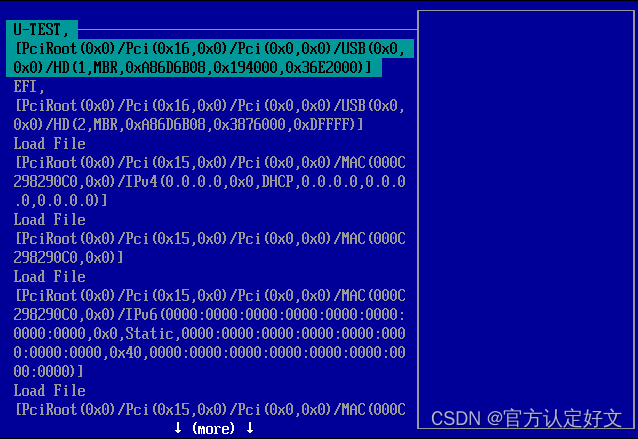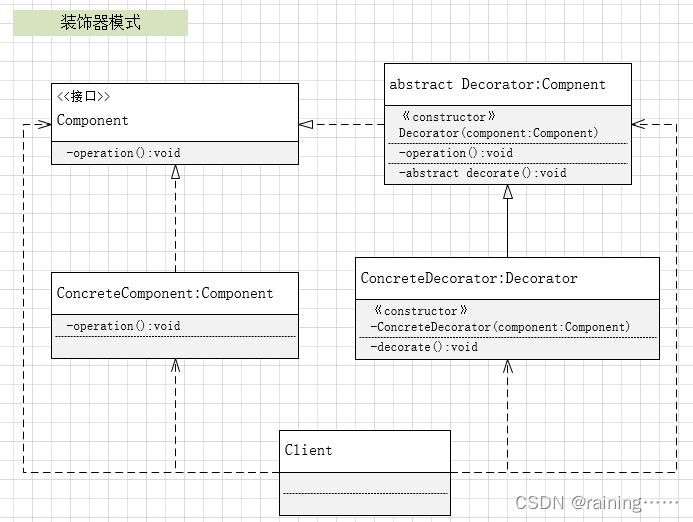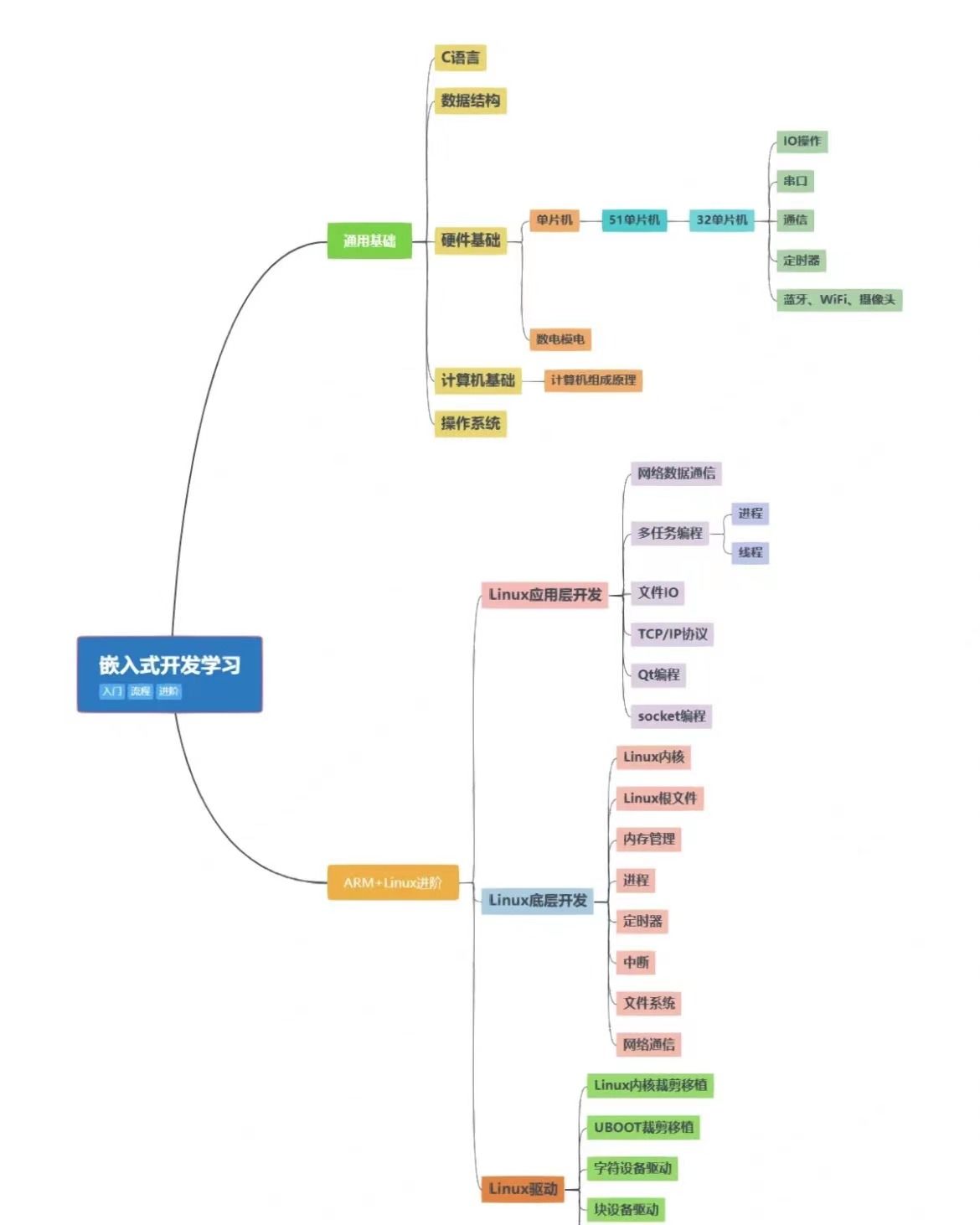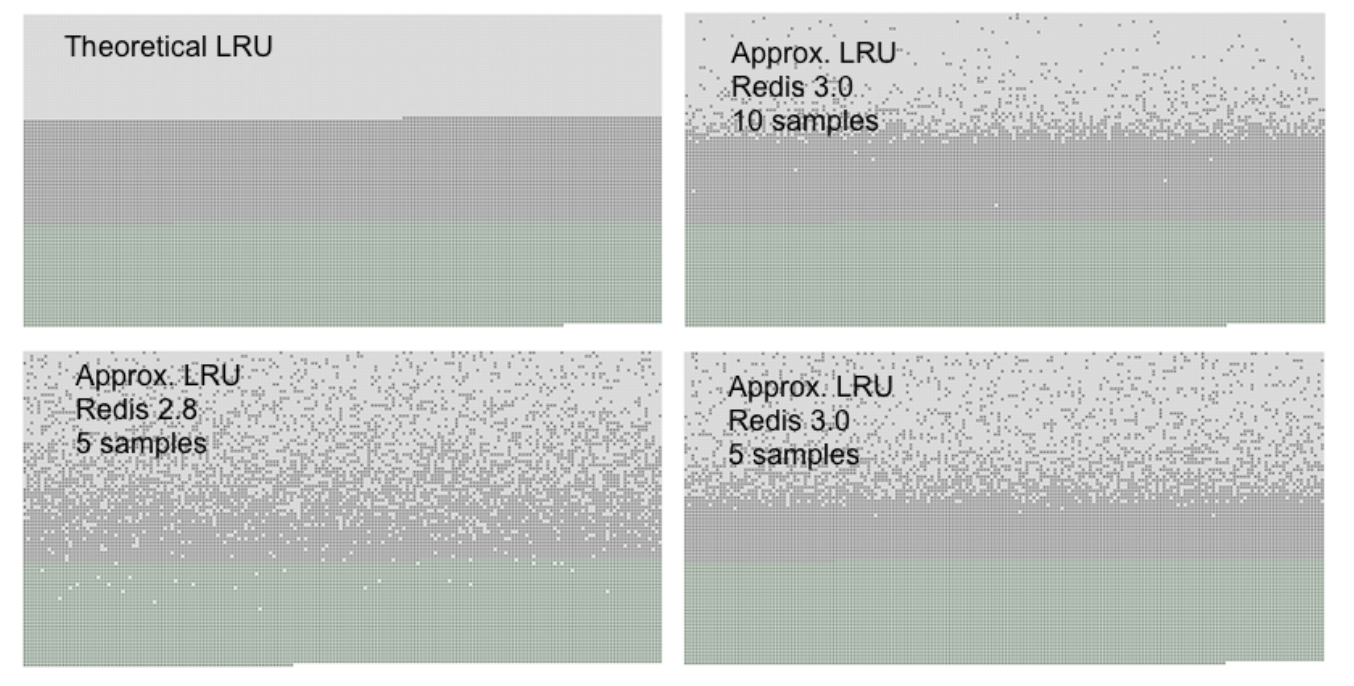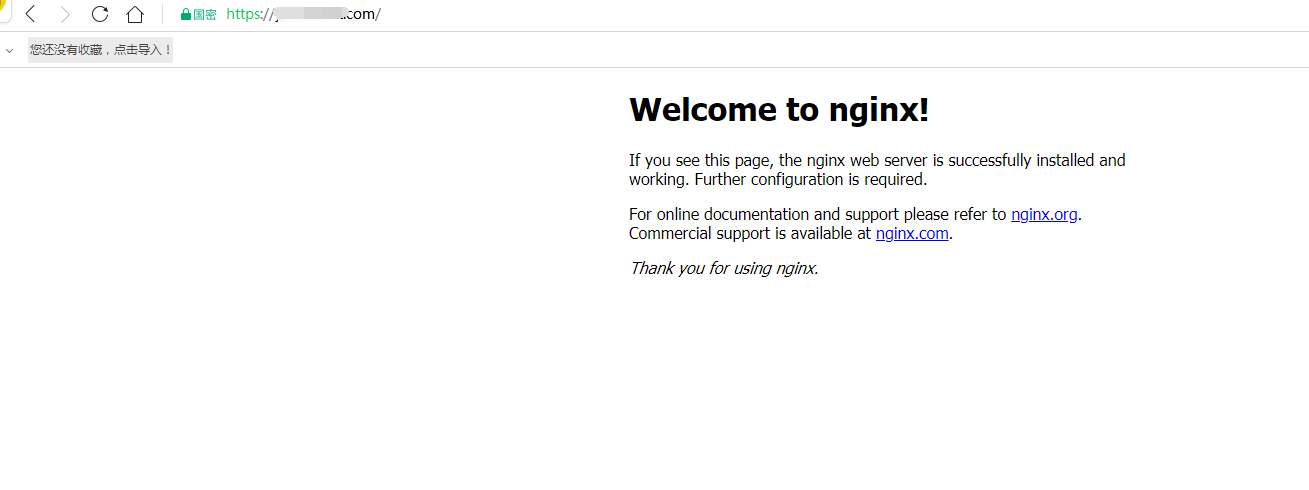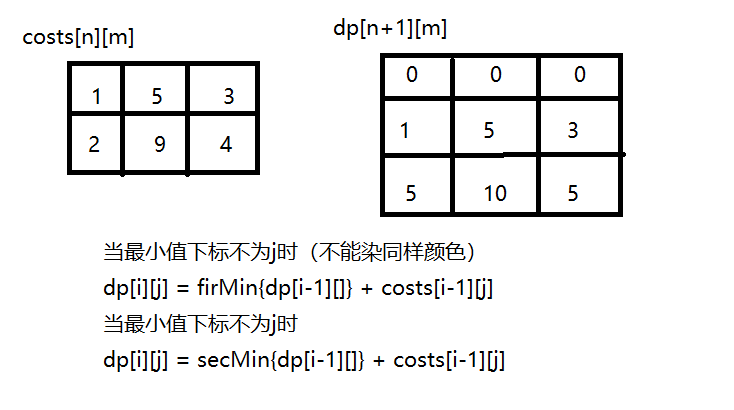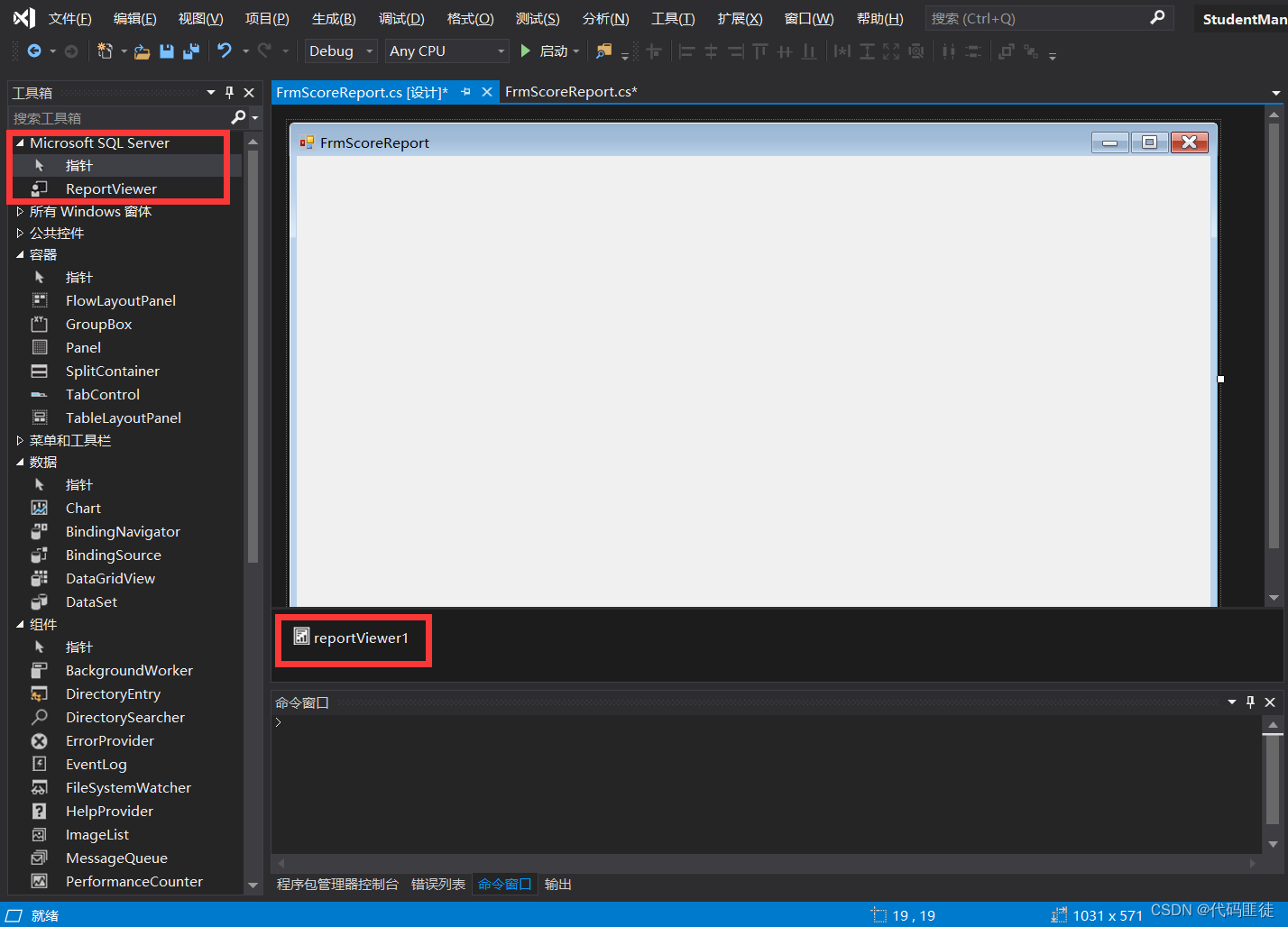大家好, 我是苏麟 , 今天来安装es , kibana .
部署单点es
创建网络
因为我们还需要部署kibana容器,因此需要让es和kibana容器互联。这里先创建一个网络:
docker network create es-net镜像
我们用docker命令拉取和长传都可以选一种就可以 .
拉取镜像
官网 : Docker Hub Container Image Library | App Containerization

命令 :
docker pull elasticsearch:7.12.1加载镜像
这里我们采用elasticsearch的7.12.1版本的镜像
提供了镜像的tar包:
链接:https://pan.baidu.com/s/1gly5GdwN0ccs1nKWodPcZg
提取码:3goa
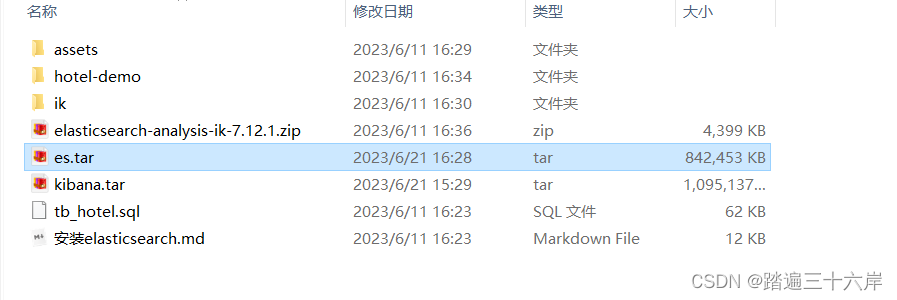
大家将其上传到虚拟机中,然后运行命令加载即可:
# 导入数据
docker load -i es.tar运行
docker命令,部署单点es:
docker run -d --name es -e "ES_JAVA_OPTS=-Xms512m -Xmx512m" -e "discovery.type=single-node" -v es-data:/usr/share/elasticsearch/data -v es-plugins:/usr/share/elasticsearch/plugins --privileged --network es-net -p 9200:9200 -p 9300:9300 elasticsearch:7.12.1命令解释:
- -e "cluster.name=es-docker-cluster" :设置集群名称
- -e "http.host=0.0.0.0" :监听的地址,可以外网访问
- -e "ES_JAVA_OPTS=-Xms512m -Xmx512m" :内存大小
- -e "discovery.type=single-node" :非集群模式
- -v es-data:/usr/share/elasticsearch/data :挂载逻辑卷,绑定es的数据目录
- -v es-logs:/usr/share/elasticsearch/logs :挂载逻辑卷,绑定es的日志目录
- -v es-plugins:/usr/share/elasticsearch/plugins :挂载逻辑卷,绑定es的插件目录
- --privileged :授予逻辑卷访问权
- --network es-net :加入一个名为es-net的网络中 -p 9200:9200 :端口映射配置

启动成功
在浏览器中输入:http://ip:9200 即可看到elasticsearch的响应结果:

部署kibana
kibana可以给我们提供一个elasticsearch的可视化界面,便于我们学习。
镜像
下载 :
docker pull kibana:7.12.1上传 :

部署
运行docker命令,部署kibana
docker run -d --name kibana -e ELASTICSEARCH_HOSTS=http://es:9200 --network=es-net -p 5601:5601 kibana:7.12.1


Kibana和elasticsearch的版本必须是一样的 .


访问 :
http://ip地址:5601

点击 Explore on my own

点击 Dev Tools


安装IK分词器
在线安装ik插件
# 进入容器内部
docker exec -it elasticsearch /bin/bash
# 在线下载并安装
./bin/elasticsearch-plugin install https://github.com/medcl/elasticsearchanalysis-ik/releases/download/v7.12.1/elasticsearch-analysis-ik-7.12.1.zip
#退出
exit
#重启容器
docker restart elasticsearch
离线安装ik插件
查看数据卷目录
安装插件需要知道elasticsearch的plugins目录位置,而我们用了数据卷挂载,因此需要查看 elasticsearch的数据卷目录,通过下面命令查看:
docker volume inspect es-plugins
说明plugins目录被挂载到了: /var/lib/docker/volumes/es-plugins/_data 这个目录中。
上传到es容器的插件数据卷中

重启容器
# 4、重启容器
docker restart es
# 查看es日志
docker logs -f es测试:
IK分词器包含两种模式:
- ik_smart :最少切分
- ik_max_word :最细切分
ik_max_word

{
"tokens" : [
{
"token" : "程序员",
"start_offset" : 0,
"end_offset" : 3,
"type" : "CN_WORD",
"position" : 0
},
{
"token" : "程序",
"start_offset" : 0,
"end_offset" : 2,
"type" : "CN_WORD",
"position" : 1
},
{
"token" : "员",
"start_offset" : 2,
"end_offset" : 3,
"type" : "CN_CHAR",
"position" : 2
},
{
"token" : "苏",
"start_offset" : 3,
"end_offset" : 4,
"type" : "CN_CHAR",
"position" : 3
},
{
"token" : "麟",
"start_offset" : 4,
"end_offset" : 5,
"type" : "CN_CHAR",
"position" : 4
},
{
"token" : "学习",
"start_offset" : 5,
"end_offset" : 7,
"type" : "CN_WORD",
"position" : 5
},
{
"token" : "java",
"start_offset" : 7,
"end_offset" : 11,
"type" : "ENGLISH",
"position" : 6
},
{
"token" : "很简单",
"start_offset" : 11,
"end_offset" : 14,
"type" : "CN_WORD",
"position" : 7
},
{
"token" : "简单",
"start_offset" : 12,
"end_offset" : 14,
"type" : "CN_WORD",
"position" : 8
}
]
}
ik_smart

{
"tokens" : [
{
"token" : "程序员",
"start_offset" : 0,
"end_offset" : 3,
"type" : "CN_WORD",
"position" : 0
},
{
"token" : "苏",
"start_offset" : 3,
"end_offset" : 4,
"type" : "CN_CHAR",
"position" : 1
},
{
"token" : "麟",
"start_offset" : 4,
"end_offset" : 5,
"type" : "CN_CHAR",
"position" : 2
},
{
"token" : "学习",
"start_offset" : 5,
"end_offset" : 7,
"type" : "CN_WORD",
"position" : 3
},
{
"token" : "java",
"start_offset" : 7,
"end_offset" : 11,
"type" : "ENGLISH",
"position" : 4
},
{
"token" : "很简单",
"start_offset" : 11,
"end_offset" : 14,
"type" : "CN_WORD",
"position" : 5
}
]
}
扩展词词典
随着互联网的发展,“造词运动”也越发的频繁。出现了很多新的词语,在原有的词汇列表中并不存在。 比如:“奥力给” 等。
所以我们的词汇也需要不断的更新,IK分词器提供了扩展词汇的功能。
1)打开IK分词器config目录:
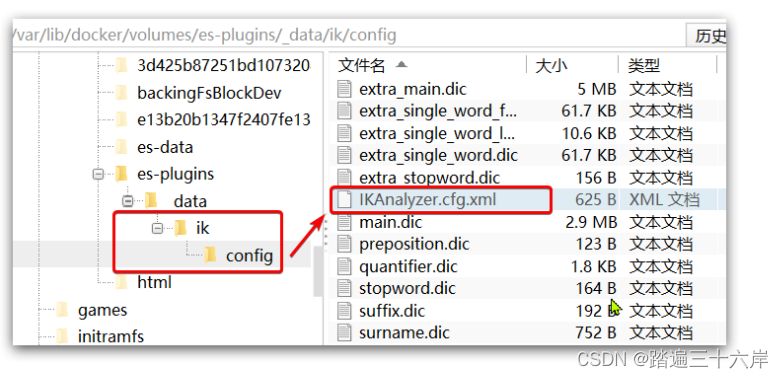
2)在IKAnalyzer.cfg.xml配置文件内容添加:
<?xml version="1.0" encoding="UTF-8"?>
<!DOCTYPE properties SYSTEM "http://java.sun.com/dtd/properties.dtd">
<properties>
<comment>IK Analyzer 扩展配置</comment>
<!--用户可以在这里配置自己的扩展字典 *** 添加扩展词典-->
<entry key="ext_dict">ext.dic</entry>
</properties> 
3)新建一个 ext.dic,可以参考config目录下复制一个配置文件进行修改

奥利给
大傻子
杨科 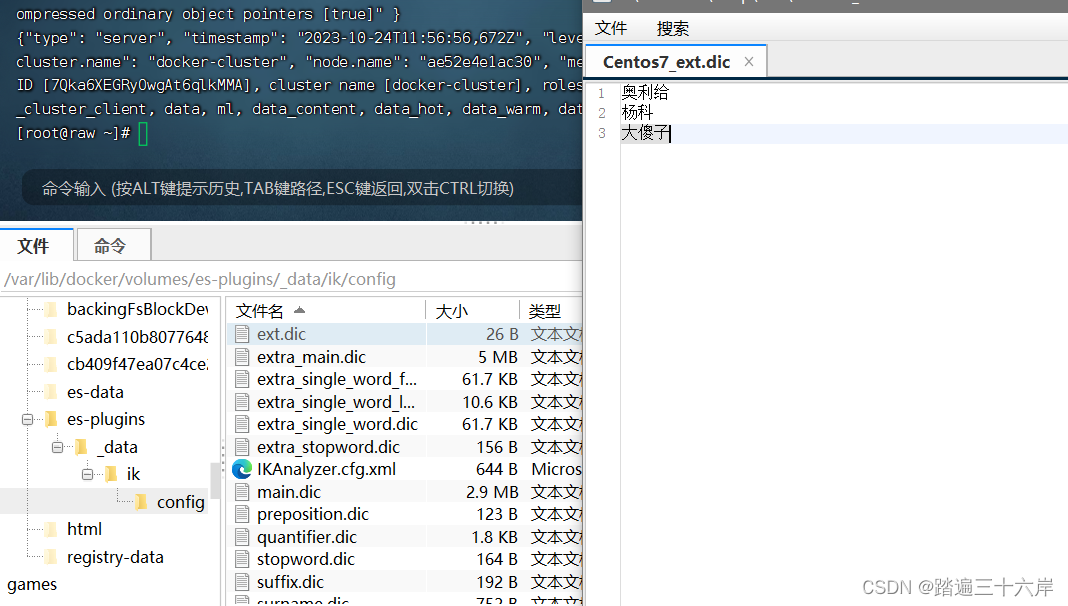
4)重启elasticsearch
docker restart es
# 查看 日志
docker logs -f elasticsearch
5)测试效果:

{
"tokens" : [
{
"token" : "程序员",
"start_offset" : 0,
"end_offset" : 3,
"type" : "CN_WORD",
"position" : 0
},
{
"token" : "苏",
"start_offset" : 3,
"end_offset" : 4,
"type" : "CN_CHAR",
"position" : 1
},
{
"token" : "麟",
"start_offset" : 4,
"end_offset" : 5,
"type" : "CN_CHAR",
"position" : 2
},
{
"token" : "大",
"start_offset" : 5,
"end_offset" : 6,
"type" : "CN_CHAR",
"position" : 3
},
{
"token" : "儿",
"start_offset" : 6,
"end_offset" : 7,
"type" : "CN_CHAR",
"position" : 4
},
{
"token" : "杨科",
"start_offset" : 7,
"end_offset" : 9,
"type" : "CN_WORD",
"position" : 5
},
{
"token" : "爱吃",
"start_offset" : 9,
"end_offset" : 11,
"type" : "CN_WORD",
"position" : 6
},
{
"token" : "奥利给",
"start_offset" : 11,
"end_offset" : 14,
"type" : "CN_WORD",
"position" : 7
}
]
}
停用词词典
在互联网项目中,在网络间传输的速度很快,所以很多语言是不允许在网络上传递的,如:关于宗教、 政治等敏感词语,那么我们在搜索时也应该忽略当前词汇。
IK分词器也提供了强大的停用词功能,让我们在索引时就直接忽略当前的停用词汇表中的内容。
1)IKAnalyzer.cfg.xml配置文件内容添加:
<?xml version="1.0" encoding="UTF-8"?>
<!DOCTYPE properties SYSTEM "http://java.sun.com/dtd/properties.dtd">
<properties>
<comment>IK Analyzer 扩展配置</comment>
<!--用户可以在这里配置自己的扩展字典-->
<entry key="ext_dict">ext.dic</entry>
<!--用户可以在这里配置自己的扩展停止词字典 *** 添加停用词词典-->
<entry key="ext_stopwords">stopword.dic</entry>
</properties> 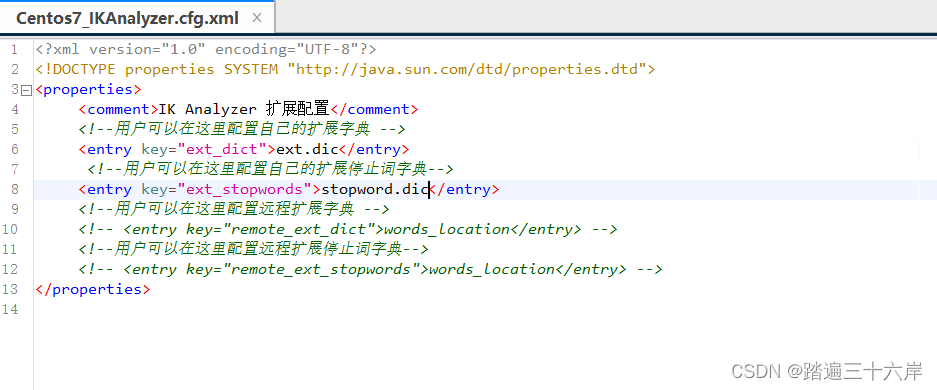
3)在 stopword.dic 添加停用词
我儿4)重启elasticsearch
# 重启服务
docker restart elasticsearch
docker restart kibana
# 查看 日志
docker logs -f elasticsearch5)测试效果:
这里就不演示了 , 大家自己动手试试 .
这期就到这里 , 下期见!

